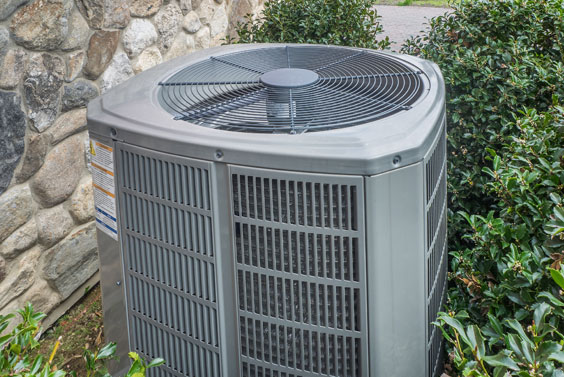You live in the League City, Texas, area, and you’re thinking about installing your own HVAC system. DIY HVAC installation is generally a really bad idea that you ought to reconsider, even if you’ve been pretty successful with projects around your house from updating old light fixtures to tiling the bathroom floor.
You may have read installation guides or watched a few online videos and decided that HVAC installation was no big deal. But, remember that unlike the other kinds of electromechanical installations you’ve accomplished around your house, an HVAC installation requires several different kinds of advanced skills in order for the whole system to work properly and efficiently. You should consider cost-effective professional installations and avoid just a few of the many issues that can turn a “simple” DIY HVAC system installation into an expensive and risky nightmare.
Having All the Right Tools
Although basic hand tools are certainly used during HVAC installation, you may not have all the tools you will require. You may need metal-bending tools and tools for breaching your walls to connect HVAC system parts inside your house with parts outside of your house. Getting the right tools will take time and money, and you may never use some of these newly purchased tools ever again.
Dealing With High-Voltage Electricity
HVAC systems need to be properly powered, which means you’d be dealing with electricity. Electrical hookups for HVAC systems aren’t like a simple light fixture replacement where you safely snap off the power at the circuit breaker box to avoid shock during installation of the new fixture. HVAC systems typically require 220 VAC connections, and depending upon the wiring in your house, additional electrical work may be required to upgrade your circuit breaker box.
Circuit breaker upgrades require shutting down the power to your entire house and then dealing with high-voltage connections. Even those trained in electrical work can and do succumb to accidental electrocution. Even if you avoid electrocution, faulty wiring can damage your HVAC system — so why risk it?
Making Structural Changes to Your House
HVAC systems can require that you make structural changes to your home. You may need to pour or place a concrete pad outside of your house to ensure that the condenser is stable and level. You’ll definitely need to run electrical wires and refrigerant conduit from the outside condenser to the main unit inside. So, you’ll need to cut a hole through a wall and try to avoid causing excess damage to it or to any mechanicals that may be inside it, such as plumbing and electrical service wires.
If you are considering a central HVAC system, then you’ll need to ensure that the ductwork is properly installed throughout your house. Installation of ductwork will require finding pathways that don’t create major tear-outs of walls, ceilings, and floors. However, even the best routing may still require you to fill the roles of a carpenter, drywall installer, and painter.
Balancing the HVAC System
On the surface, HVAC systems may appear pretty simple in operation. They move the hot air from inside your house across cooling coils that then release the heat to the outside condenser. In order for the HVAC System to work properly over a long life, however, you need to ensure that the HVAC System is the right one for your house. It needs to be large enough to provide cooling so it’s not constantly struggling, but not so large that you are spending more for your HVAC system than you need to invest. And, choosing the correct size for your HVAC system is only part of the consideration.
The HVAC system will also need to be balanced for the ductwork through which your home’s air moves. The length of this ductwork, the kind of filters used, and other beneficial components, such as an air purifier, can all contribute to the effectiveness and efficiency of your HVAC system.
Avoid the significant pitfalls, expense, and risk of a DIY HVAC system installation. Call Maxx AC & Heating today at (281) 338-2653 to discuss your HVAC needs with a qualified HVAC system professional.
Image provided by Shutterstock


